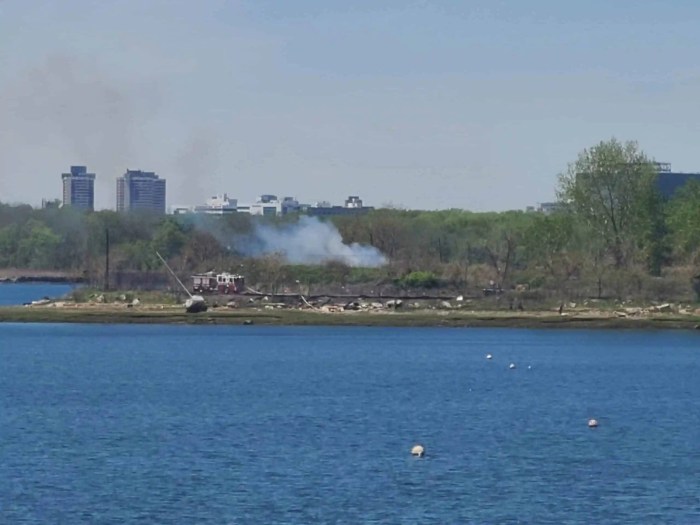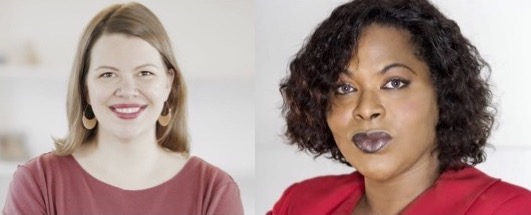When I immigrated with my family to New York City from the Dominican Republic at age 18 I couldn’t speak English, but I knew I wanted to be a doctor. I soon experienced firsthand how people like my family and me, despite being part of a large community, often were not understood by our physicians. That strengthened my resolve. I had a lifelong love of science and knew I could be a doctor who provides care in our native language — the kind of care I wanted my family to have.
Fourteen years later, I’m so close to achieving that goal, thanks to a lot of hard work and some well-timed support from New York state.
My journey to medical school started with redoing high school from ages 18-22. I then attended a private university, but had to leave shortly after due to finances, and I transferred to Hunter College. Though I had to take a gap year while navigating some challenges, I ultimately graduated. I got a full-time job as a research assistant at a research institution, where our team conducted multiple scientific studies and published results, never forgetting my goal of going to medical school. Unfortunately, I soon found the MCAT and application process was incredibly difficult to navigate, especially while working. A 2017 study of minority students and medical school admissions cited the application process as the most challenging part, calling it “overwhelming, difficult and expensive” — and that was absolutely true for me. Despite applying all over the country, it was New York state’s medical schools that understood my passion and potential.
I was invited to join the Associated Medical Schools of New York’s (AMSNY) Diversity in Medicine Post-Baccalaureate Program at the Jacobs School of Medicine and Biomedical Sciences at the University at Buffalo. The year-long program is designed to provide Black, Latino and Native American students — backgrounds that are significantly underrepresented in medicine — an opportunity to become doctors. If participants successfully complete the program, they are guaranteed acceptance to a New York state medical school. It was the perfect program.
AMSNY said “We believe in you.” The organization supported my education with a year of tuition for classes, plus a stipend for living expenses and books, so that I had the opportunity to be successful. I was brought into a community with people who, like me, have struggled to reach this point. It was incredibly powerful and extremely motivating to be in an academic environment surrounded by people who look like me. The coursework was designed to prepare us for the rigors of medical school, and my grades improved because I finally had the privilege of being a full-time student, without worrying about basic things like food and housing.
Last year, Gov. Kathy Hochul invested $2.444 million in AMSNY’s range of Diversity in Medicine programs, and this year the governor has proposed an additional $1.2 million investment in the program. This means AMSNY’s Diversity in Medicine programs can support more than 800 students from underrepresented backgrounds as they pursue medical degrees. I am proud that New York state is working to diversify its physician workforce to match our diverse population, especially since research shows that it makes a real impact in addressing health disparities. While my medical school training emphasizes training future physicians to care for diverse patients, some patients benefit from receiving care from clinicians with similar backgrounds. For example, a 2018 Stanford University study found that Black men are more likely to agree to preventative health services if they see a Black doctor.
AMSNY and New York state also support students like me through a scholarship that is funded annually by the state Legislature, in combination with a grant from the Mother Cabrini Health Foundation. The Diversity in Medicine scholarship provides $42,000 a year in medical school tuition to 30 students who have gone through AMSNY’s programs. I am proud to be a recipient of this scholarship, which helps address the significant disparities in educational debt between Black, Hispanic/Latino and Native American students in comparison to our counterparts. I urge the Legislature to continue supporting this scholarship, which requires a commitment to practice medicine in an underserved area of New York.
I am now entering my third year as a medical student at Albert Einstein College of Medicine in the Bronx, about to begin my clinical rotations. I’m incredibly excited that after more than a decade of education I will start interacting with and supporting patients, especially Spanish-speaking patients. They are the reason that I dedicated so many years to get where I am today, and why I will continue to work to provide the best medical care I can.
Luna Maria Paredes is a student at Albert Einstein College of Medicine, Class of 2025, and a recipient of the Associated Medical Schools of New York’s Diversity in Medicine Scholarship.
For more coverage, follow us on Twitter, Facebook and Instagram @bronxtimes





















